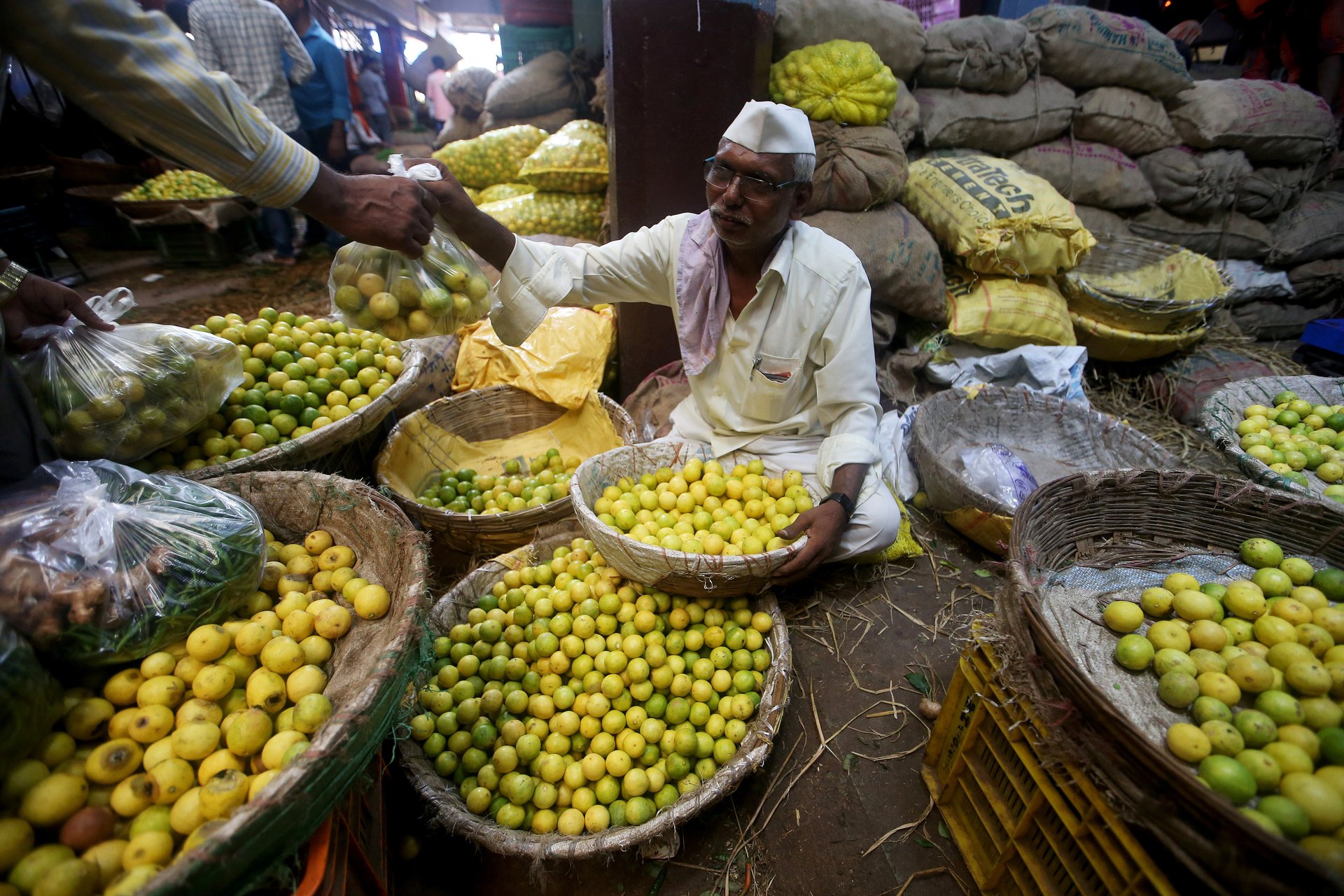India’s giant market is powering its competitiveness
India’s massive population is possibly its biggest strength.


India’s massive population is possibly its biggest strength.
The country’s favourable demographic has earned it a rank of 58 among 140 countries in the World Economic Forum’s (WEF) latest global competitiveness index. This was mainly because it is home to the third largest market in the world after China and the US, according to the WEF report (pdf).
The report describes the index as a compilation of metrics that drive the productivity and economic success of a country.
While India’s ranking is 18 places down from last year, the WEF has clarified that the 2018 index employs a majority of new factors such as workforce diversity, labour rights, e-governance, and disruptive businesses. “If we back-cast our new methodology to 2017, this indicates a rise of five places in (India’s) ranking,” the WEF said.
“This is the largest gain among all G20 economies. India is the leader among the South Asian economies,” it added.
The US has topped the index for the first time in a decade. Switzerland had led the rankings last year.
Here is the list of this year’s best-performers, along with the BRICS nations:
Strengths
The WEF has credited India’s large market size as its major asset. India was also among the best in four sub-categories.
“China… is already more advanced when it comes to investing in research and development… than the average high-income economy, while India is not far behind, and let down only by its less-efficient bureaucracy for business creation and insolvency,” the WEF report says. “The catch-up process is reflected in the emergence of Chinese and Indian companies in technology-intensive sectors.”
Challenges
The WEF report points to several socio-economic indicators where India lags.
“While Indian companies can access the third largest market in the world, the country would benefit from increased trade openness to drive productivity growth,” the report says. “More investments will be necessary to spur innovation beyond hubs of excellence and diffuse economic growth more broadly.”
India also has a dismal student-teacher ratio in schools (35.2), an insolvency recovery rate of 26.4 cents for every dollar, and imports make up 23% of its GDP.
Despite India having the second largest user base of smartphones, mobile and internet penetration is still low, and it takes 29.8 days to start a business in the country.
The report also says that “relatively low performance on soundness of banks and regulatory capital ratios” are holding back the stability of India’s financial system.